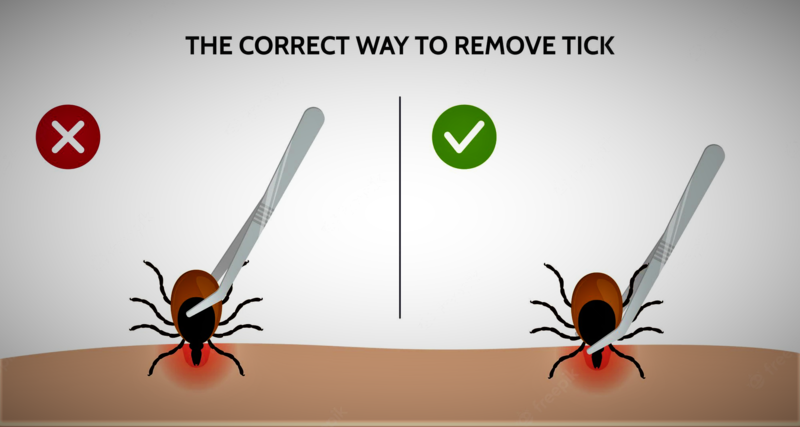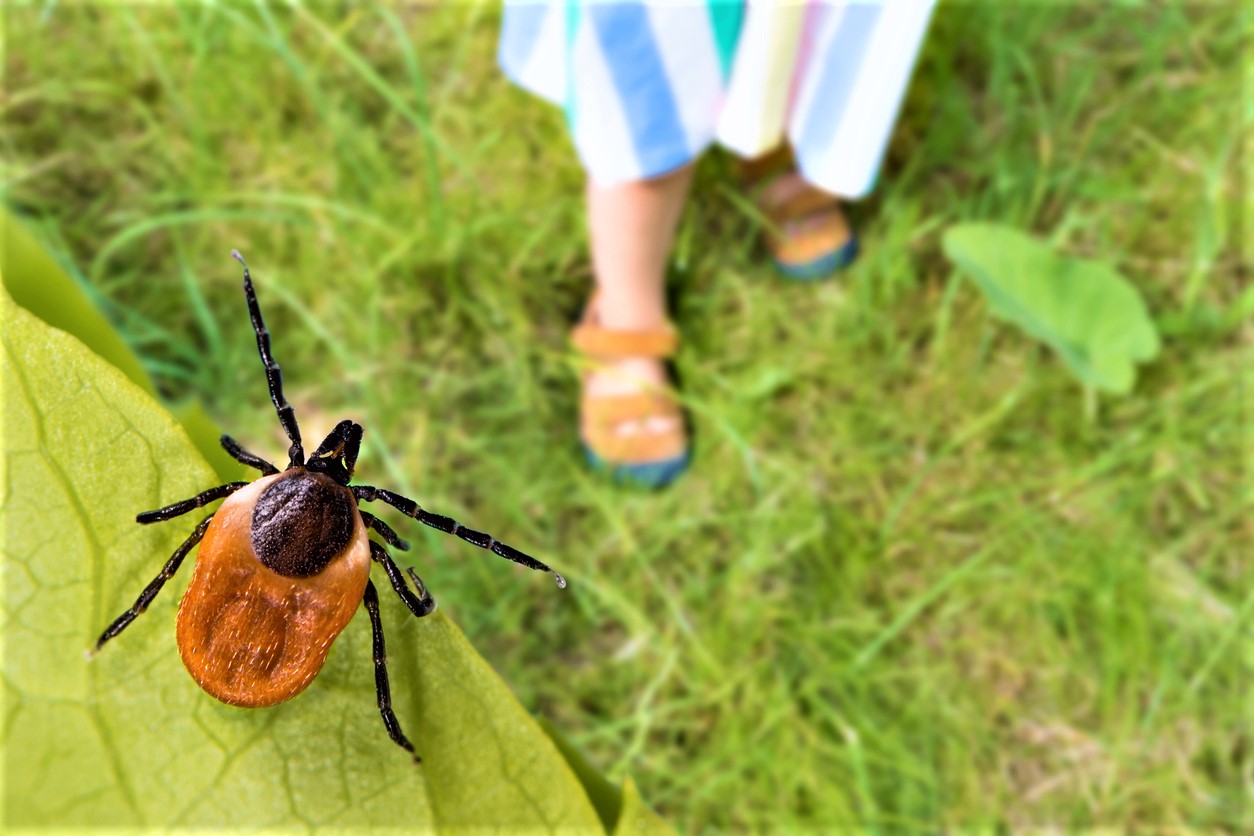Even though we all enjoy spending time outdoors and in the great outdoors, doing so can put us at risk for contracting the severe Lyme illness that ticks spread. According to experts, the prevalence of Lyme disease, which causes fatigue, fever, rashes, headaches, and joint pain, has risen in the last 30 years. However, read these four suggestions before getting worked up about your trip in the woods. Keeping oneself safe is simple!
Ticks are repelled by cedar DEET, but they can cause skin rashes, nausea, and disorientation. Fortunately, a USDA study discovered that a cedrol component of cedar oil successfully killed nymphs, the immature ticks most likely to spread Lyme disease. The homemade insect repellant that The Lyme Solution author Darin Ingels, ND, suggests: In a spray bottle, combine 30 drops of cedar oil, 13 cups of distilled water, and 1/4 cup of witch hazel.
choose garlic
A daily intake of the plant reduces your risk of being bitten—a Swedish study on the effectiveness of using it as a tick repellent. According to Bill Rawls, MD, author of Unlocking Lyme, garlic leaves a trail of beneficial microorganisms on the skin with a scent that keeps ticks away. Since I started taking garlic extract, I haven’t yet been bitten. His counsel: Take stabilized garlic up to 1,200 mg twice or three times a day. A good option is 21st Century Garlic Extract ($7 for 60 tablets, available on Amazon).
stirs up
According to Yale researchers, taking a shower within two hours of outside significantly reduces the risk of developing Lyme disease. Ticks that haven’t attached themselves to the skin are removed by the wash, making them visible. Check tight regions like the armpits, behind the ears, and the navel.
Use tweezers.
Your risk of infection is reduced if you remove latched-on ticks within 36 hours. But breaking them open can let bacteria out. In a Turkish study, the technique was shown to be 76 per cent more effective: Grasping the tick with tweezers as close to the attachment point as possible, then pushing straight up while applying consistent pressure. Rub alcohol on the skin and wash your hands after.

Defend Yourself Against Tick Bites
Recognize the tick-prone areas. Ticks that transmit Lyme disease are black-legged ticks, like wet, humid habitats, especially in and around forested or grassy regions. Ticks can attach to you while outside near your home or navigating leaves and bushes. Ticks can be avoided by staying in the middle of trails and avoiding tall shrubs and other plants.
Use DEET, picaridin, IR3535, oil of lemon eucalyptus, para-menthane-diol, or 2-undergone-containing insect repellents that have been approved for use by the Environmental Protection Agency (EPA). You can choose the product that best meets your needs by using the helpful search tool provided by EPA. Always adhere to product directions.
Avoid applying this product to your hands, eyes, or lips when using it on your kids. Use permethrin-containing products on garments. Treat clothing and equipment using items containing 0.5 per cent permethrin, such as boots, pants, socks, and tents. It resists wearing even after numerous washings. There are pre-treated clothes you can buy that might offer extended protection.
Get Rid of Attached Ticks Immediately and Accurately
As soon as you see a tick attached, remove it with fine-tipped tweezers. Your risk of contracting Lyme disease is shallow if a tick is attached to your skin for less than 24 hours; however, other infections may be transmitted more quickly.
Keep an eye out for Lyme disease signs or symptoms during the following weeks, such as rash or fever. If you have any symptoms or warning signals, consult a doctor. See the removal of ticks for further details.
Be Wary of Rash or Fever
Even if you don’t recall being bitten by a tick, Lyme disease may manifest as an unexpected summer fever or strange rash, especially if you’ve been in a tick habitat. If you experience symptoms, consult your healthcare professional.
After a tick bite, Lyme disease commonly appears three to thirty days later. So, discuss testing with your doctor if you experience symptoms like a skin rash, headache, fever, or joint discomfort. Be careful out there!





